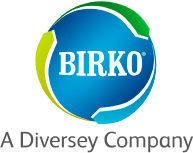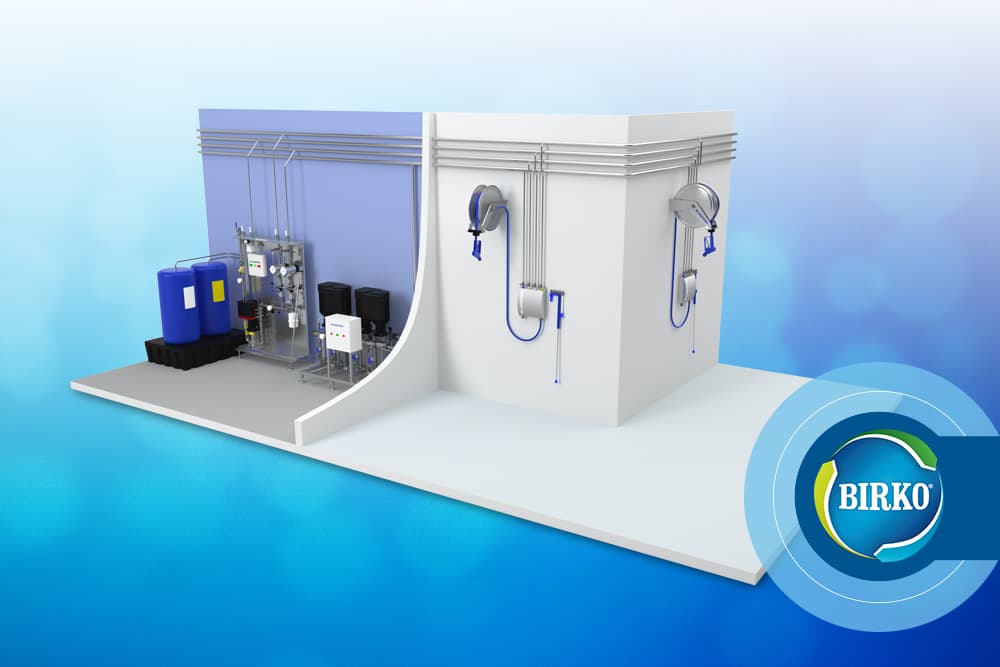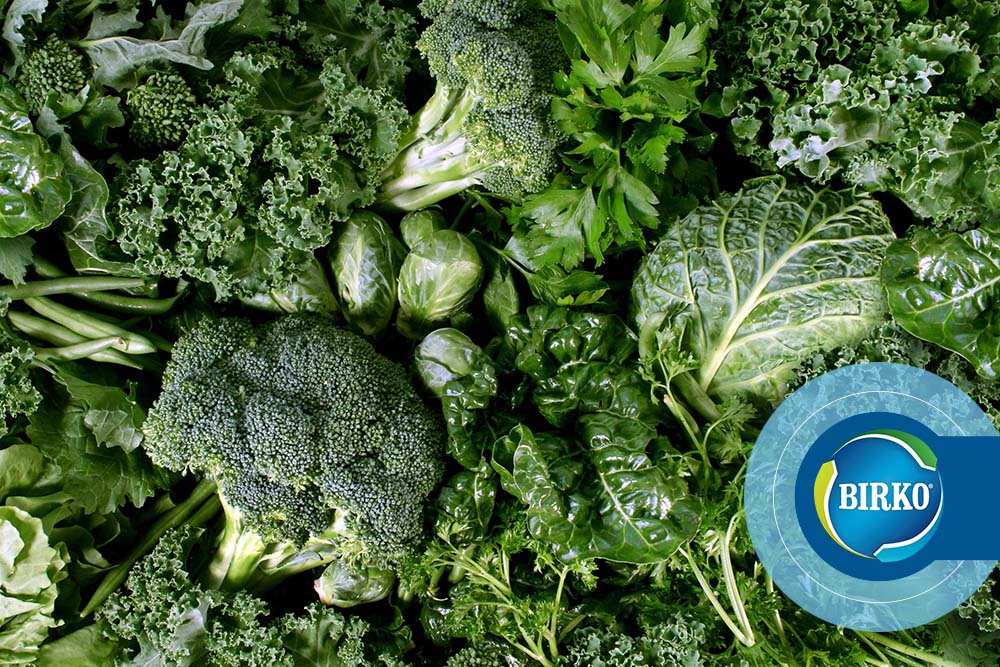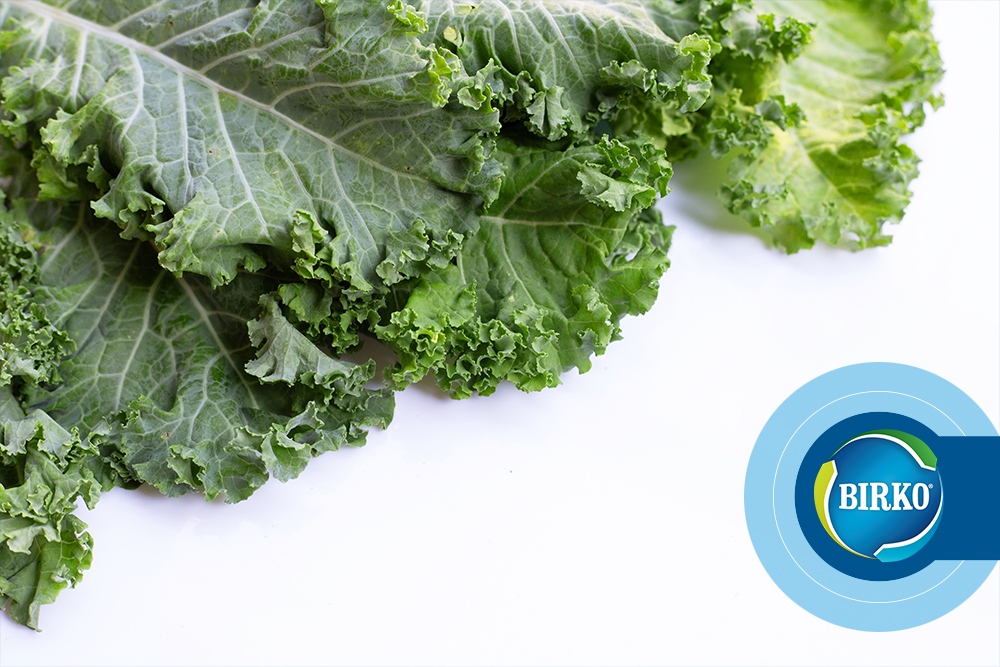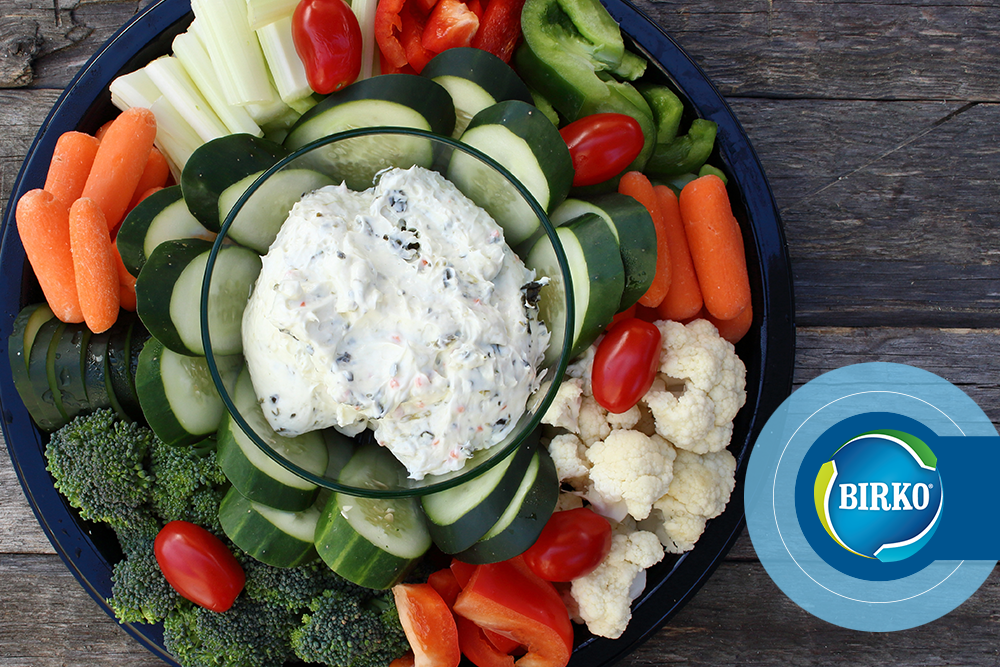The importance of repeatable sanitation processes to ensure food safety is no secret. Food companies must establish standards and best practices in their plants so that consistent results can be expected during processing, packaging, storage and cleaning.
Implementation of the Food Safety Modernization Act (FSMA) has made documenting repeatable processes even more significant, but how to comply may be unclear to some. The FDA has basic guidelines for following FSMA rules; however, it leaves decisions on how to follow the rules up to the food processing companies.
One set of food safety guidelines closely connected with FSMA is the Hazard Analysis and Risk-Based Preventive Controls (HARPC). Most companies are familiar with Hazard Analysis and Critical Control Points (HACCP) standards, which are a mandate for meat, seafood and juice products. However, produce and fresh cut processors may have followed, but were not required, to have a HACCP plan.
HARPC, on the other hand, is mandated for nearly any processor that falls under FSMA. HACCP and HARPC plans have similarities and differences. You can learn more in a comparison article from Food Safety Magazine. But for now, let’s focus on what produce and fresh cut processors need to know about HARPC.
The 7 Steps of a HARPC Plan
The FDA introduced HARPC as a preventive control system for FSMA, and it is required for any food facility that manufactures, processes, packs, distributes, holds or imports food products. Controls must be science-based and prevent or significantly minimize food safety hazards.
1. Assess the Hazards: Your facility must evaluate product-specific hazards as well as factors such as emergency management and concerns related to your industry or facility.
2. Institute Preventive Controls: If your facility must comply with FSMA’s rule on Preventive Controls for Human and/or Animal Food, you will need appropriate sanitation procedures, environmental monitoring systems, hygiene training and supplier verification in place.
3. Monitor Effectiveness of Controls: There should be a way to measure the efficacy of your preventive controls so you can evaluate them on a regular basis.
4. Establish Corrective Action Measures: This includes a plan for potential product recalls and steps your organization takes to prevent a food safety issue from spreading in the supply chain.
5. Establish Verification Measures: You need a process for evaluating the effectiveness of your plan to verify consistent food safety.
6. Follow Proper, Required Recordkeeping: There must be documentation of your preventive controls so that you can provide proof during FDA inspections. The FDA won’t take your word for it.
7. Reanalyze the Plan Every Three Years: Your facility’s HARPC plans should be regularly reevaluated, especially if there are changes in the product, the plant or processing.
Sanitation Automation: A Secret Weapon for a Solid HARPC Plan
FSMA is a sweeping piece of legislation that is bringing about major food safety changes for many fresh cut and produce processors. As you evaluate your facility for ways to achieve regulatory compliance, consider how sanitation automation solutions can help.
While automation doesn’t exactly assess current hazards, reliable food safety experts can evaluate the situation and help you develop a plan, identifying areas where cleaning, sanitation and improved hygiene can be improved with the right technology.
Innovative automation equipment also helps processors measure, track and record crucial data required to make necessary adjustments to preventive controls. Certain sanitation automation solutions also produce records documenting your efforts for the FDA to review.
Clean food, equipment, surfaces and other contact points are all crucial to food safety, but so are clean employees. Entryway sanitation solutions, such as a boot scrubber or entryway foamer, are efficient ways to reduce the risk of employees tracking in pathogens.
One of the biggest impacts an automated solution can have is its ability to create repeatable processes you can rely on. For example, a solution like our BOSS automates the mixing and dispensing of sanitation chemicals at your plant. So, if your documented plan includes a specific formulation, the BOSS makes sure it’s accurate every time, removing the chance of human error. There’s also the Birko by Lagafors suite of sanitation equipment, which can be calibrated to ensure the correct chemical concentration, water pressure and temperature is applied with each cleaning.
There are many other benefits to investing in automation, such as reducing labor costs, more efficient use of water and chemical, not to mention improving food safety. Find out more in our article on sanitation automation advantages for produce processors.
Discover other Birko offerings in our listing of Produce and Fresh Cut sanitation equipment. Whether it’s effective chemistry or innovative equipment, Birko is always working to help food processing companies, like yours, gain peace of mind and protect the reputation of your brand.
Contact Birko today to find out how we can be your partner in food safety.
Dave Premo, VP of Business Development for Birko, can be reached at [email protected] or 720.425.8926.

